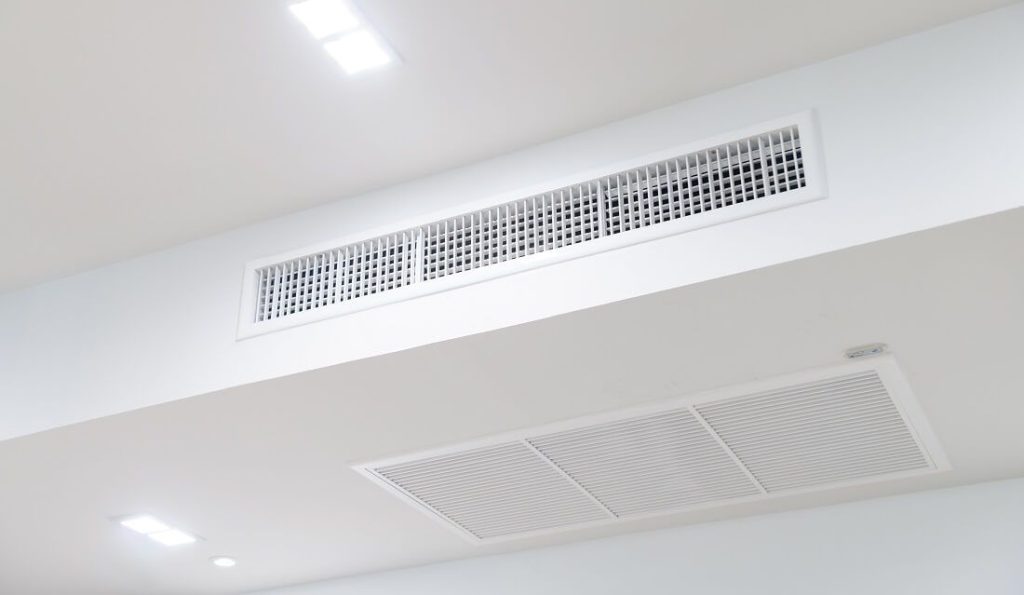What’s the Difference Between Smart Vents and Zone Heating?

Need to upgrade your HVAC system to a pro-level, but are unable to decide between the smart vent and zoned system. With the popularity of the zoned and smart vents system, you might find yourself confused as to which is best suited for your home. We will explain both, their advantages and their disadvantages, to help you choose the best system.
Smart Vents
Smart vents are trending nowadays because of their efficiency. They consist of a smart thermostat and a smartphone app. Smart vents are open and close, unlike traditional vents which only “open” dynamically. You can get them installed in your existing HVAC systems without any additional modification.
How they Work?
Firstly, smart vents detect the target amount of air that is needed for every room. Then they work to modify the airflow to match the required temperature. Smart vents are also able to identify if the room is in use to keep the appropriate heat level.
Advantages
- Control Panel: Smart vents are simple and easy to operate using a smartphone app or remote controls
- Installation: Smart vents can be convenient and can be installed quickly without any modifications to the current HVAC system.
- Comfort Level: You and your family will enjoy comfortable indoor temperature, and if you opt for built-in filter vents then it will be a plus in terms of air quality.
Disadvantages
- If you have a thermostat, then it is good, but if you don’t, then you have to spend a little extra to buy one; because, smart vents need a smart thermostat to work.
- Smart vents don’t run the air conditioner or furnace; they are only responsible for managing airflow from individual vents. This can lead to issues like problems in airflow; because, the main thermostat is managing the furnace and the not smart vent.
- The built-in filters of the smart vent need regular inspection and changing, which means extra cost.
Best Uses
They are best suited for one or two rooms only. Don’t opt for smart vents if you have a big house with multiple rooms.
Zone Heating System
Zone heating has its advantages and disadvantages. Zoned heating systems usually operate in different zones or areas. To install zone heating into your current HVAC system, you need extra ductwork and configuring the system.
How it Works
Just like the name suggests, zone heating divides your home into different zones/areas and controls the temperature for each area individually. Each zone has a separate thermostat, and depending upon your home size, it might not need multiple furnaces and air conditioners.
Advantages
- Control Panel: With a zone heating system, you will get complete control over the home temperature. You and your family can adjust the temperature to suit the individual requirements
- Comfort level: Zone heating is a great addition to your current HVAC system.
- Cost-effective: By lowering the temperature in the rooms that are not used a lot, you can save on energy costs.
- Convenient Use: The zone heating system is easy to use with remote and mobile phone apps.
Disadvantages
- Zone heating systems are more complicated to install and handle than conventional ones. The more complicated moving parts and ductworks mean higher installation costs.
- Zone heating systems consist of more parts than the conventional ones; they require extra maintenance than the regular ones.
Best uses
A zone heating system is best for a big house that needs a variant temperature throughout the house. Refitting a zoned system in an old house is possible but a nuisance in itself. Rather, opting for a zoned system during the construction of a new home is a better option.
If you need assistance to choose the right HVAC system for your house, contact our expert HVAC technicians. Quick Air experts provide detailed assessment and will recommend the right upgrade for your home. Call us at 1300 730 896.
